Reports Previous Workshops
Eighth Workshop – 26 to 28 September 2018, Royaumont Abbey, France
Module 1b – Are there possible alternatives?
Introduction
- What would be the alternatives to co-production treaties and requirements?
- Should funds themselves create cultural tests, co-development and co-production agreements?
- Could it be possible to have the same definition of co-production for all public funds?
Group Exercise
The MEDICI participants, divided into groups, were asked to discus their own mission regarding international co-productions. The task for each group was to design a de-centralized pan-European, cultural incentive for international co-production, making sure that the process is efficient and easy-to-use for all stakeholders.
Furthermore, each group was asked to
- summarize the key points of the designed fund, describing why the system is unique and why it can really work, and
- choose the most important critical issues that were brought up during the discussion.
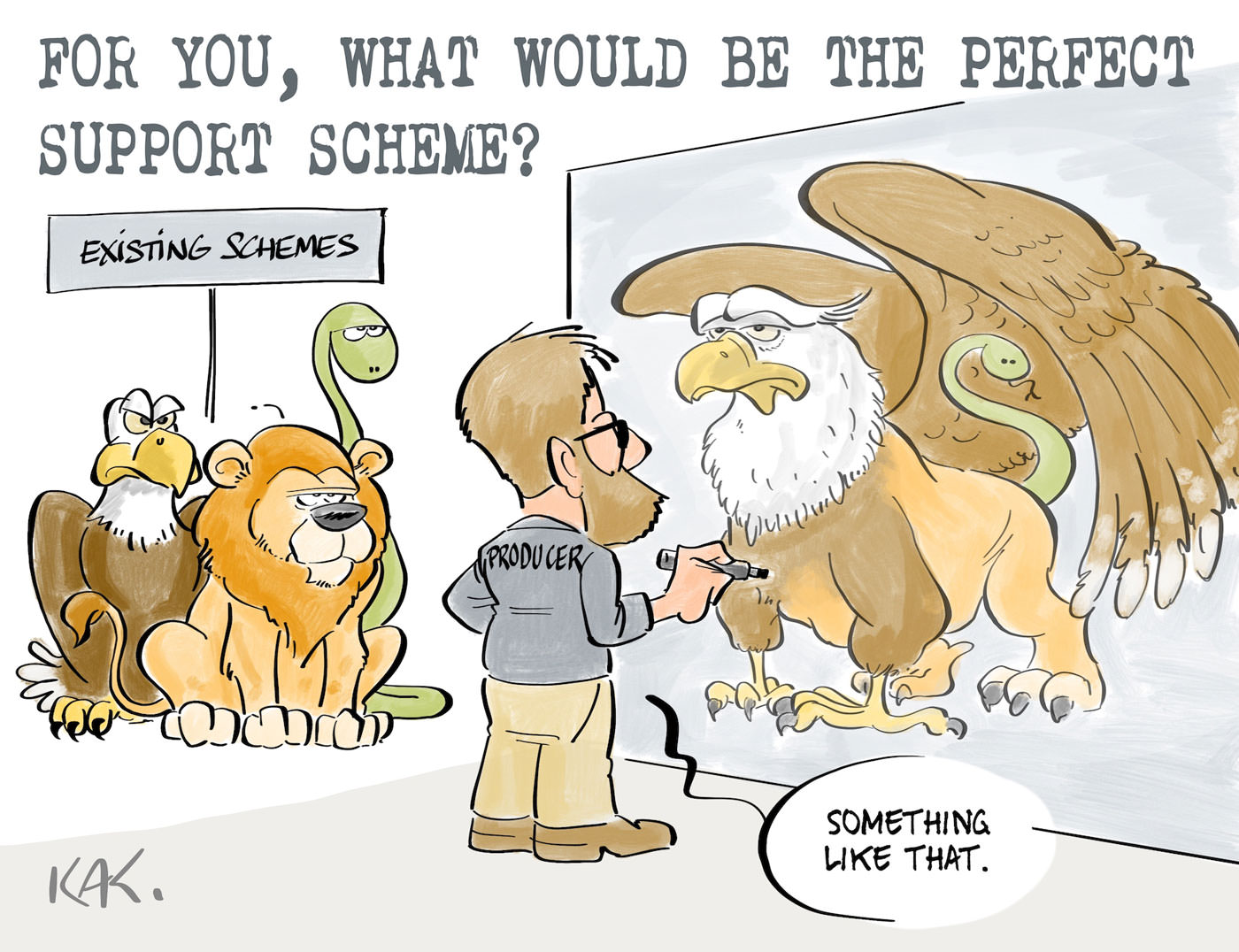
The outcome of the group exercise
Group 1:
Starting point: We started with the definition of “de-centralized”. According to us, it means that each country should do their own selection and any centralized jury should be avoided. However, we all would have to do the selection in the exactly same way. We would not like to embrace only the existing money, but also add some new resources (new money from the Council of Europe’s members, Netflix, etc.).
Mission No. 1: Our first mission was to determine the purpose of this new fund. Its purpose is to provide diversified cultural voices in Europe. We need to establish some common value grounds, which could be based on the founding principles of the EU, UN or a similar organization. The fund should also inspire new, innovative filmmaking and be a parity fund in terms of gender equality.
Mission No. 2: The second mission was to determine common criteria according to which every film fund would do the selection process in the same way. The quality criteria of the fund would be closest to how the Swedish Film Institute sees them now. Thus, quality projects would be the ones that are relevant, urgent, innovative and with talented and experienced people behind.
Re-distribution of money: The money should be distributed in accordance with the size of the country. A huge portion of money should go to development, so the fund should not only be a top-financer.
Producers’ obligations: When submitting projects, producers need to provide a co-production strategy and a script. The development money that producers receive from us shall be paid back to us if they get production funding or the Eurimages support. We would use that money to support development of new projects.
Decision-making: The production funding decisions should be done completely anonymously so that decision-makers cannot see the names of filmmakers.
Critical issues: How to come up with the criteria that will enhance the quality for real? And how do we control if individual countries are following these criteria? And finally, we do not really believe that any such de-centralized system can exist.
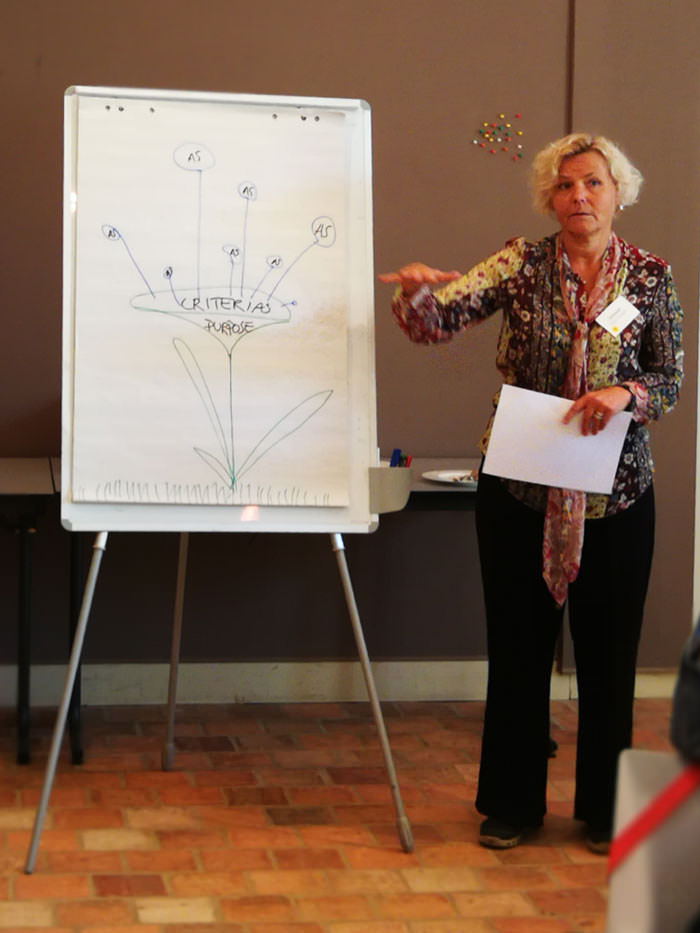
Group 2:
We decided to do the first European fund for new talents. The submitted projects should have original, local content and all formats would be eligible (even the new media). The financing should be secured from the national film fund. They would need to transfer a certain percentage of their budget to our fund before some other means of financing are found. In terms of governance, the fund must be “a rotating dictatorship” since it is impossible that all governments agree on the same thing.
Critical points: There would be too much workload for the persons administering the fund.
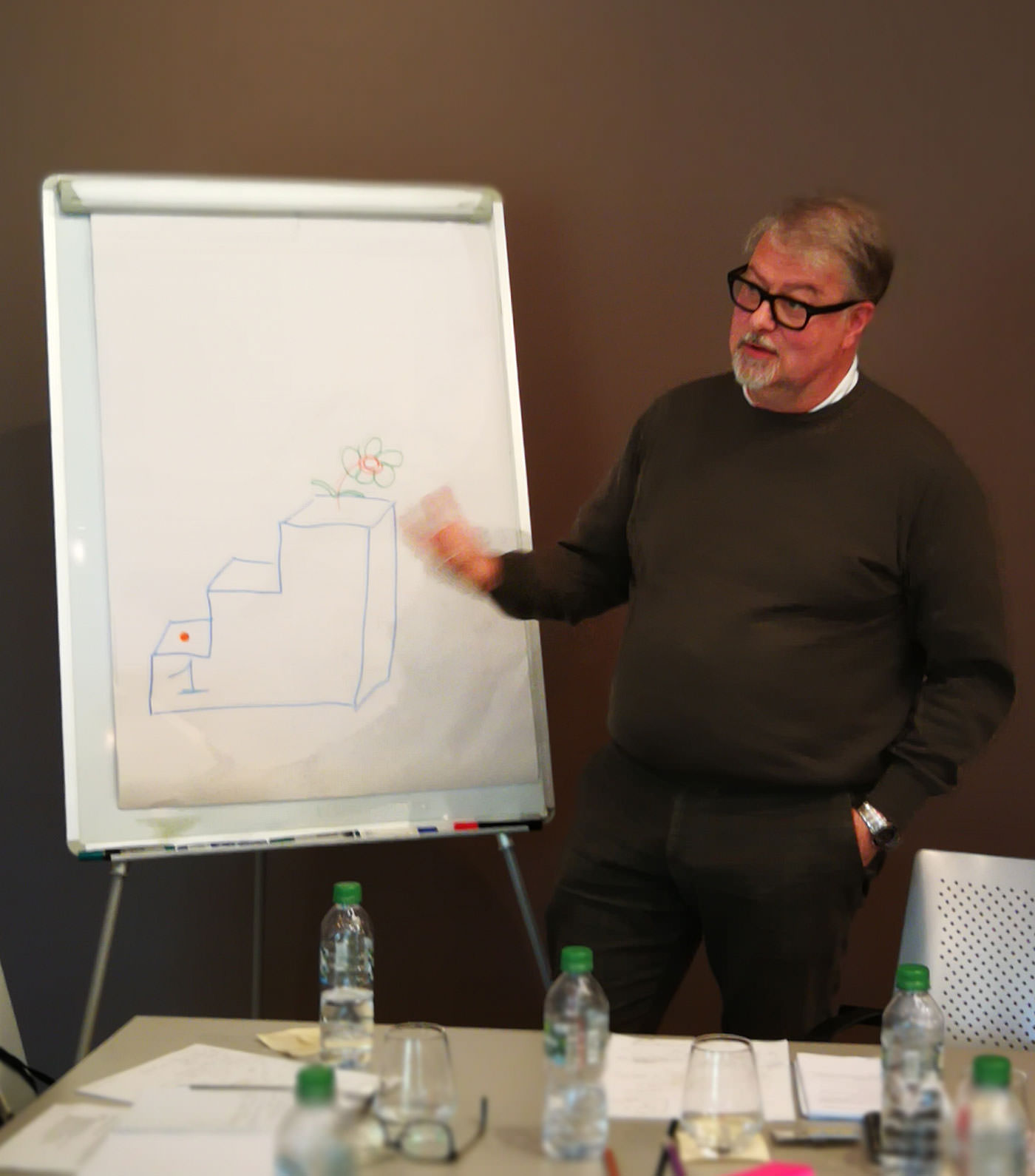
Group 3: “Light Bulb”
Structure and mission: A common funding framework between the countries has to be established. There must be the same editorial line, the fund must be of a proper size, and we have to make sure that first-time and second-time producers and directors are fairly involved as well. We need to have regular meetings every six months so that countries can learn from each other’s experiences.
Producers’ obligations: The projects would need to have an international value defined and defended by each applicant. Producers would need to follow a specific type of budget and project in order to get funded. Also, producers would be obliged to come up with an innovative audience design strategy and the most suitable format for the project (film, TV, new media). The success would be measured in accordance with performance of the proposed audience strategy.
Critical point: How would producers interpret the term international? Does it mean that it is enough to have a foreign co-producer? Would the producers misuse this system and the term “international”?

Group 4: “Talent Shaker”
Producers would be able to apply to our fund only with projects that involve talent from at least two countries. It is film schools that should choose the talent to be involved in projects. After a producer submits his project, he would have to pitch it to the audience on an online platform and the audience would decide and choose which projects would be funded. We would also make sure that distributors and sales agents familiarize with the selected projects in different development stages (scriptwriting, early development, etc.) in order to give their opinion on the feasibility of projects.
Critical point: But the problem is the money. Should it still be financed like Eurimages?
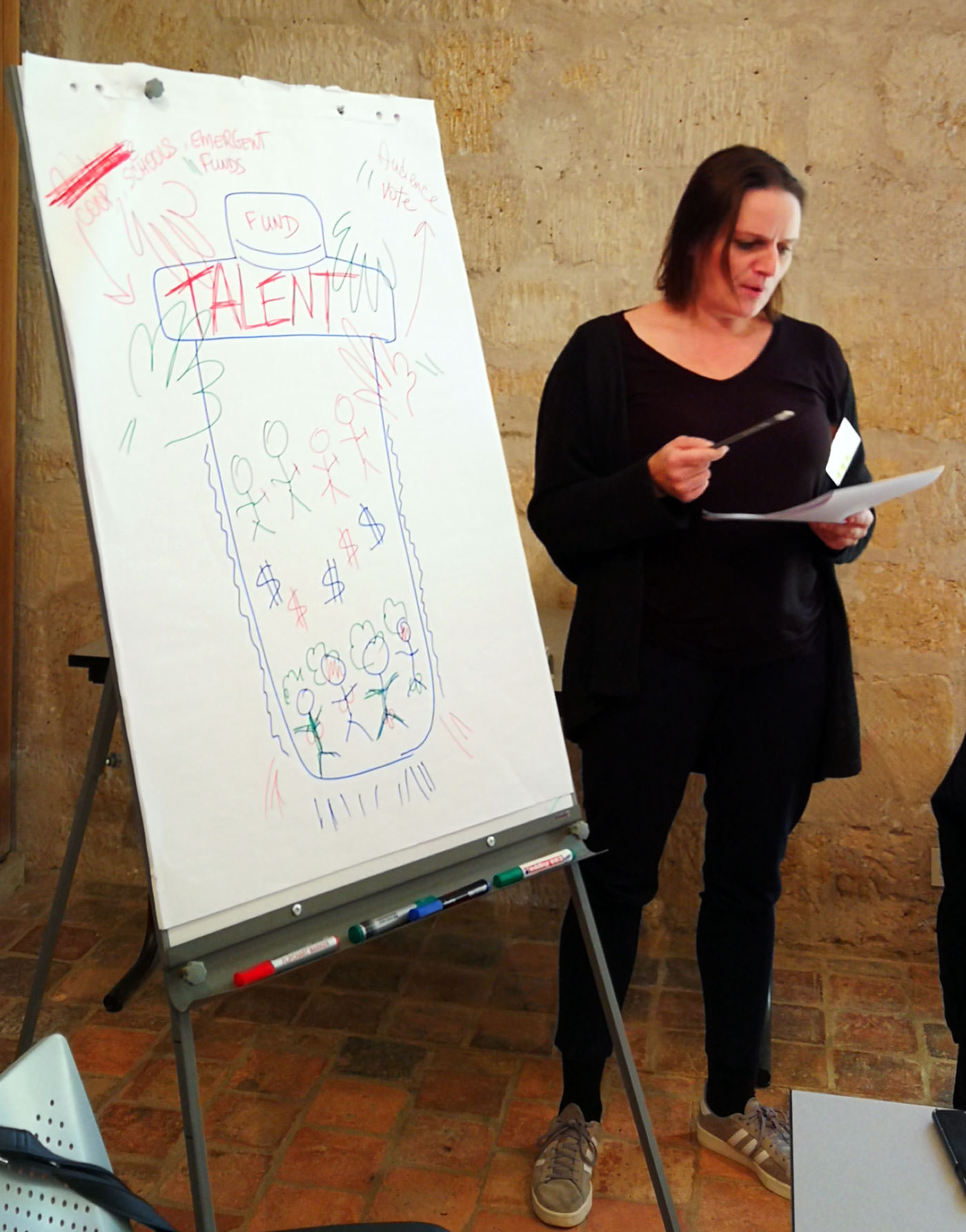
Group 5: “Eurimagination”
Our fund would unite regional funds. The first step would be to eliminate the co-production treaties. Every region would select several projects for support. However, the collaboration would be coordinated by the supranational fund called “Eurimagination”. The fund would be based on cultural rules and balance meaning that the fund would support films according to their creativity and following the cultural diversity criteria. We would invent a formula measuring how the regions are performing in regard to cultural criteria and the regions would be supported on the basis of that performance result. The system would be mostly borrowed from Norway where regional funds already operate in the above-described way.
Critical point: How to make sure that there is balance within the fund?
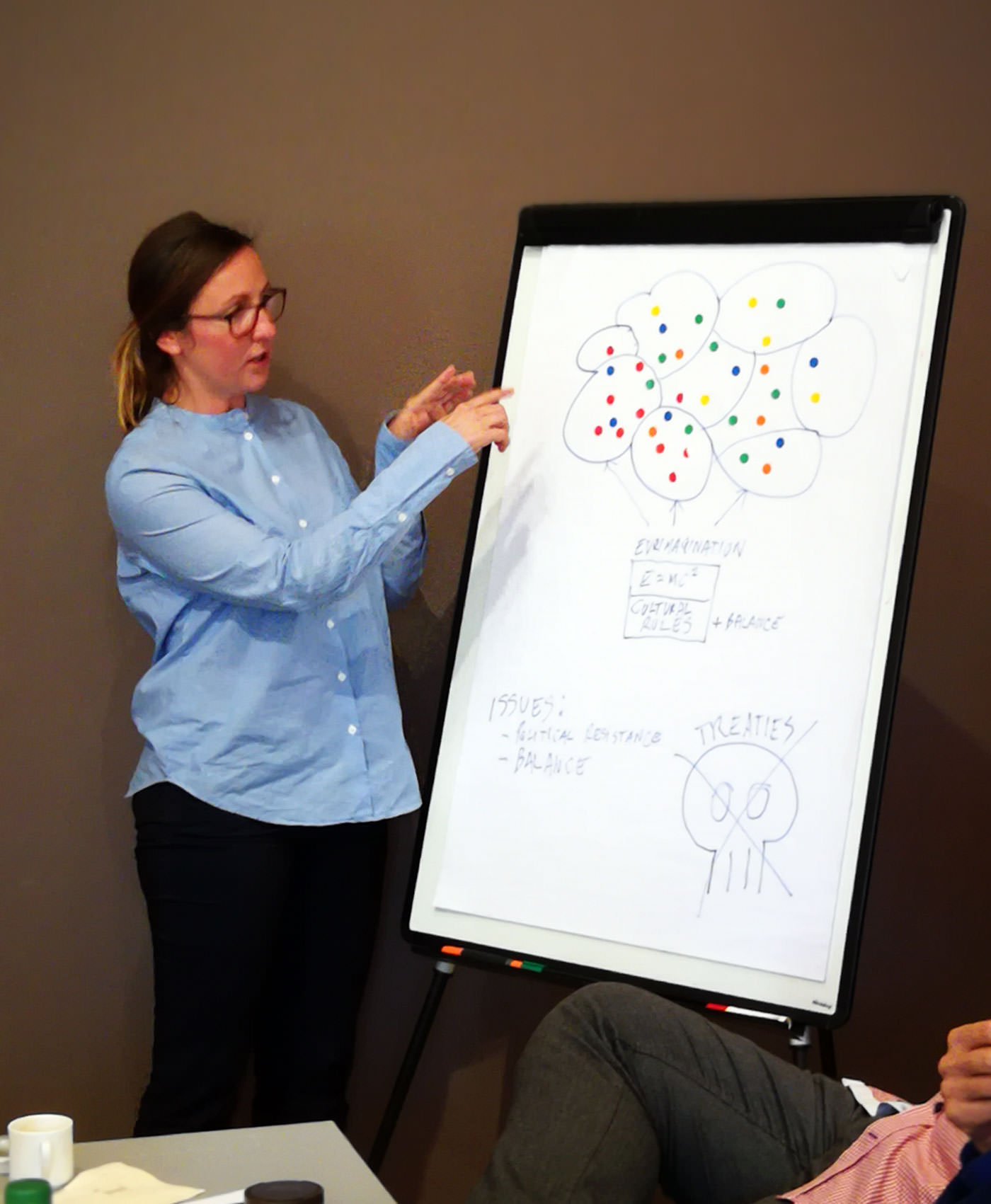
Cooperation between public funds in an increasingly complex and international environment: opportunities, actions, ideas
- Introduction
- Module 1a – Panel: Co-operation between funds means mainly supporting co-production
- Module 1b – Are there possible alternatives?
- Module 2 – How to access smart data to better reach the audience?
- Module 3 – How could funds help each other to make the projects they co-finance visible?
- Module 4a – How to simplify and make life easier for funds and producers in terms of paperwork.
- Module 4b – Digitizing the Funding Process
- Module 5 – How to assess the performance of funding programs dedicated to international co-operation?
Illustrations by KAK
Schedules Previous Workshops Partners Contact